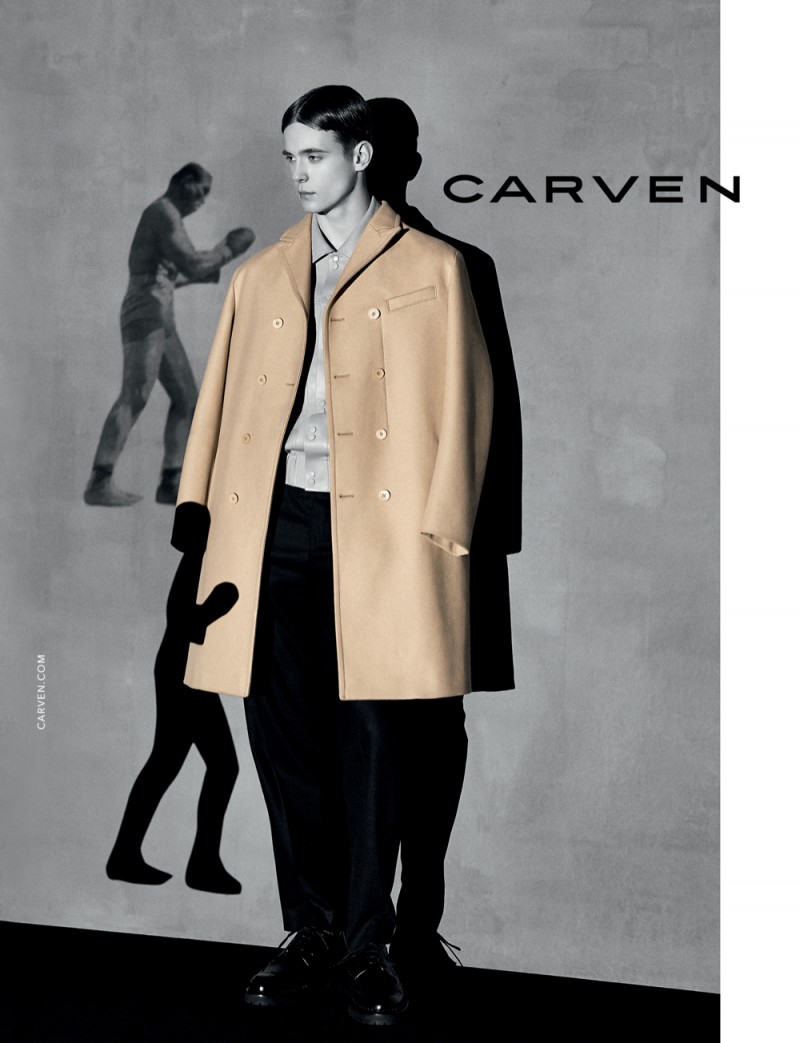
We often talk about ‘notes’ or materials in fragrances and how they come together to create a multi-faceted composition. But these materials are incredibly nuanced themselves and each one brings not one, not two, but a multitude of different things to a fragrance, meaning that there is always a lot to learn when one goes back to the source materials. I always think that the best way to understand a perfume material is to break it down into facets and that’s exactly what these olfactory deconstruction pieces are for – to dissect each material into little parts so we can really understand what makes it tick, and what makes it smell so good.
Perfume is like a giant jigsaw puzzle. Each fragrance is made up of specifically shaped pieces that lock together. Perfumers match up the pieces, locking them together facet-to-facet, tessellating each nuance to either enhance or contrast them, or in some cases, to create something entirely new. The great thing is that, unlike jigsaw puzzles, where there is one way of piecing things together, perfumery is open-ended and the perfumer can tie things together in whichever way they see fit. This means that the picture at the end can be whatever they dream up. There are endless possibilities and to me, that’s pretty damn exciting.




